The German Cuisine Guide for Foodies
The German cuisine is usually underestimated and seen as a very heavy cuisine based on meat and potatoes, but there’s a lot more to it. Here’s everything you need to know about German cuisine.
Teutonic tribes, Holy Roman Emperors, alliances, divisions, battles, Germany has done it all and played a heavy part in the history of Europe, but how about their cuisine?
German Cuisine is not to be ignored by culinary enthusiasts since it gave the world some very interesting dishes. Some of them have already taken over the globe and become international treasures. And we’ve got several German countries to thank for this, including Austria, Switzerland and, of course, Germany.
For the sake of statistics, the 2015 Michelin Guide will tell you about 11 three stars German restaurants. There are also 38 two stars restaurants and a whopping 233 one-star restaurants. This is rather impressive.
So, for those of you who think that German cuisine is boring unlike Italian or Spanish cuisine, this one is to prove you wrong. It’s true that German cuisine adopted some spices and cooking methods from the Italians and French people, but that is just an influence and doesn’t change the core cuisine that dates back to their very history and legacy.
Contents:
- A little bit of history
- German meals’ structure: how and what they usually eat
- Meat and German cuisine: a happy marriage
- Potatoes are a thing in German cuisine
- Beverages
- The largest variety of bread types in the world
- Vegetables and fruits
- Most famous German food
- Other influences on the German Cuisine
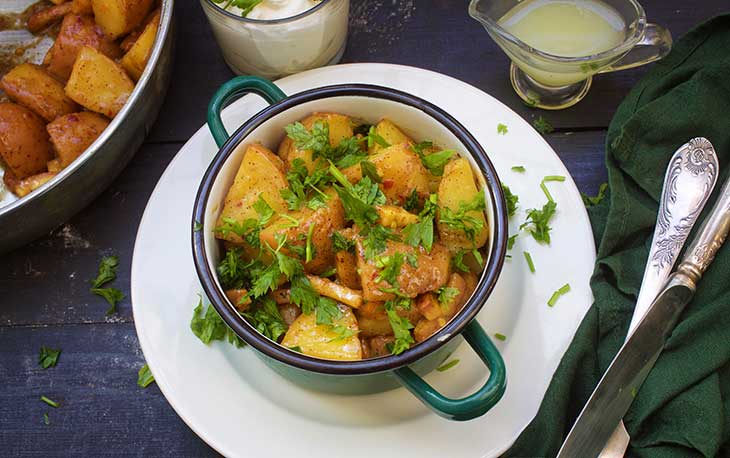
A little bit of history
Remember that old children story, Hansel and Gretel? It is a German classic fairy tale where the two children happen upon a house made of gingerbread and candies, hidden in the forest. This says a lot about what food means to the German culture.
In prehistoric times, the Germans didn’t benefit from the Mediterranean beautiful weather, so they had to make do with wheat, barley, and livestock: sheep, cows, goats. This means milk, butter, cheese, and meat.
The first spices that the Germans ever used are believed to be parsley, celery, and dill. When the Romans came and the agricultural methods advanced, the German began using oats and rye as well.
Today, German cuisine is still loyal to that old died of pork, game, lamb, and beef. The potato was for the first time introduced to the Germans by King Frederick II in the eighteenth century.
One thing to mention is that Germany became a unified country in 1871. Before that, there were several other nations that developed their own kind of recipes and customs.
On the whole, German food is quite heavy and it consists of meat and bread in ample portions and currently, there is a tendency to make it lighter based on the other international cuisines.
German meals’ structure: how and what they usually eat
Breakfast or Frühstück usually consists of a type of bread/toast or bread rolls with jam/marmalade/honey, eggs, and coffee/tea. They also like sandwiches with salami or ham and various types of cheese. Also, Leberwurst is also something that can be found on the breakfast table as well.
Lunch (Mittagessen) is the main meal of the day, while dinner is a small meal: bread, meat, sausages, cheese, vegetables. It is actually just going back to breakfast.
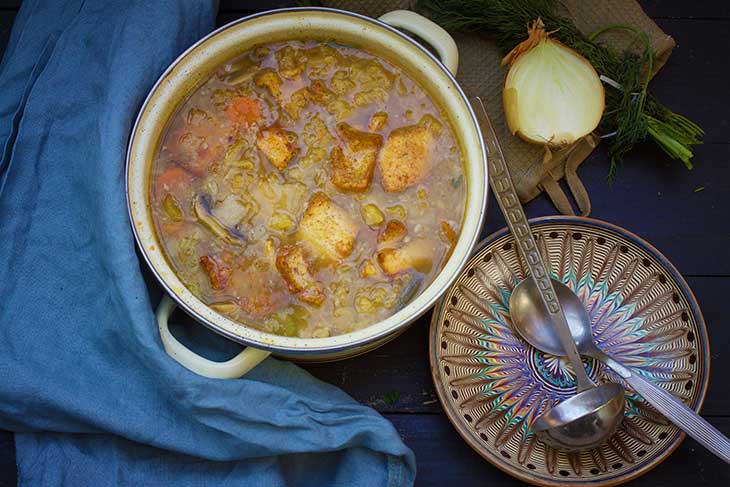
Meat and German Cuisine: a happy marriage
Meat is a really important part of German cuisine. A person eats about 60 Kg of meat a year and that is big. Meat is part of their history. You cannot keep a German away from his favorite wurst.
Therefore, pork is the main type of meat in German cuisine and the rather simple and traditional dishes based on it have also become European common ground: schnitzel, sausages, wurst. It sounds familiar, right?
A mind-blowing fact is that they love sausages so much that you can count more than 1,000 different and distinct varieties of sausages all across Germany and not to mention Austria and the other Germanic countries.
How can you have more than 1,000 different kinds of sausages? It’s mainly due to their intense use of ingredients such as sauerkraut or spices like coriander, paprika, nutmeg or ginger. The combination of all these does the magic.
Three important types of sausages
There are three important types of German sausages from which derive all the other varieties:
1. Bruhwurst, also known as scalded sausage
The sausage is boiled in hot water. The best example of it is the frankfurter, the ancestor of hot dogs.
2. Kockwurst or cooked sausage
This is a boiled blood and liver sausage that is usually prepared only on special occasions.
3. Rohwurst or fresh sausage
This type of sausage is the most popular one. It is made of pork, but the leanest beef of pork. Add some bacon, salt, and spices and you’ve got the delicious Rohwurst.
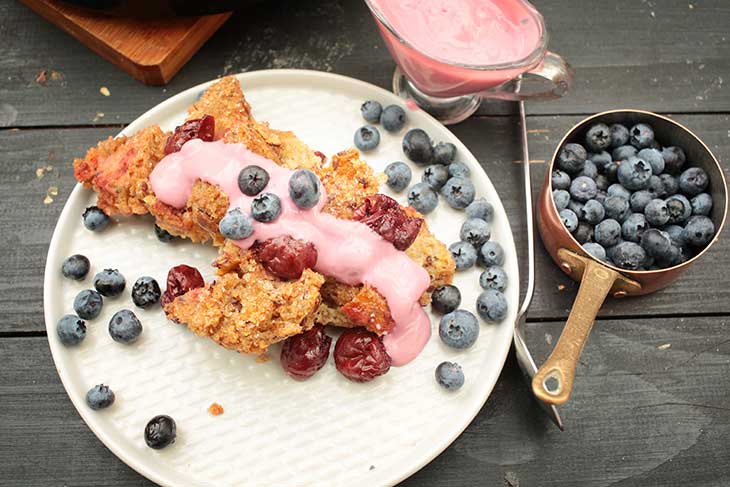
Potatoes are a thing in German cuisine
Usually regarded as the food of the poor, potatoes are held in high regard by the German cuisine. A perfect German meal has some potatoes in it, as a side dish, or even as a main dish. Potatoes are usually fried in batter made from flour, eggs, and butter. The result is potato pancakes, also known as Kartoffelpuffer.
Another great potato meal is Schupfnudeln, also made from mashed potatoes.
Let’s not forget about Kroketten which is basically mashed potatoes battered in eggs and breadcrumbs. Germans even eat potatoes with pears or bacon or beans.
This is something that not all of us can really imagine. They have special stews made from potatoes like Pichelsteiner. This stew is actually made from three types of meat and three types of potatoes. Just imagine that!
Beverages
It is common knowledge that beer is the absolute drink in German cuisine. There are more than 1,500 individual breweries only in Germany.
Beer is not just beer. There are various types of beer like Pilsener, Kolsch, Weissbier and so on. The world has got to thank Germany for their incredible drink. At Oktoberfest, beer is the main course and it is usually drunk from a stone mug they call Bier Stein.
They also drink wine. Among the most popular ones are Riesling and Silvaner. The German wine is well known for its lightness and balance of sweetness and acidity.
As the alcoholic drinks go, Germans also drink a special type of spirit made from wheat, rye or barley. This is called Korn.
They also have another type of drink distilled from apple and pears or plums and cherries. They use to call this category of alcoholic drink “Schnaps” and you’ve probably heard that word before.
As far as the non-alcoholic drinks go, the Germans love juice mixed with carbonated water. Yes, they drink a lot of sparkling water, something quite unusual from the rest of Europe.
This might also be because Germans have very good water to drink directly from the tap so buying mineral water that is that carbonated doesn’t really make sense. Who knows!
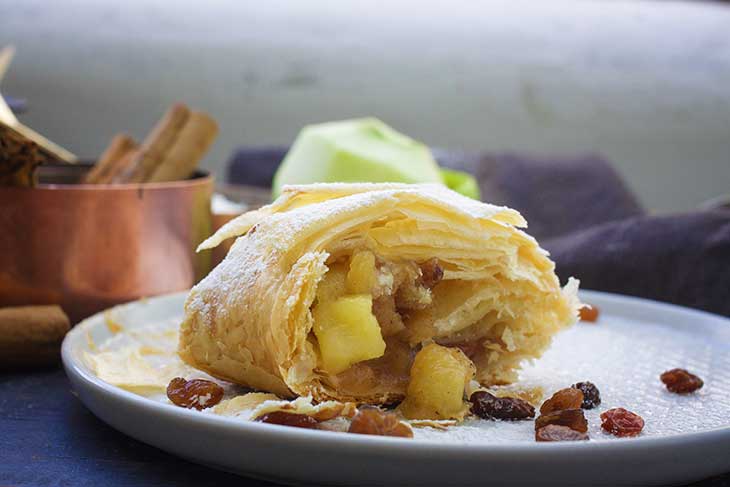
The largest variety of bread types in the world
You will find around 200 bread types in German cuisine, over a thousand other kinds of pastries and rolls. Although they’re such big fans of bread, they don’t eat it at every meal.
Bread is usually served during breakfast and in the evening as sandwiches, but never as a side dish for the main course as we Romanians do.
Bread is a predominant part of the German Cuisine, even more than it is of Eastern Europe. This is quite a shocking thing since bread could be considered some of the cheapest meal of the day. But you will see that the Germans have taken it to a whole new level.
They have everything from white wheat bread to black and brown rye bread; also, some specialties on the side, like Pumpernickel which is a type of sweet bread cooked in steam, instead of regular baking.
Apart from wheat and rye, German also use barley, spelt, oats, millet, corn or rice for their bread, or even potato starch flour.
Vegetables and fruits in German cuisine
The favorite vegetables of German cuisine are peas, onions, garden beans, carrots, cauliflower, broccoli, kohlrabi, beets, and asparagus. Also, cabbage is a big thing. Their salads usually consist of tomatoes, lettuce, cucumber, carrots, onion, and radish.
The common fruits in German cuisine are apples and pears and nothing else. People also like bananas, melon or oranges, but they don’t grow there, so we shouldn’t consider them as part of their cuisine.
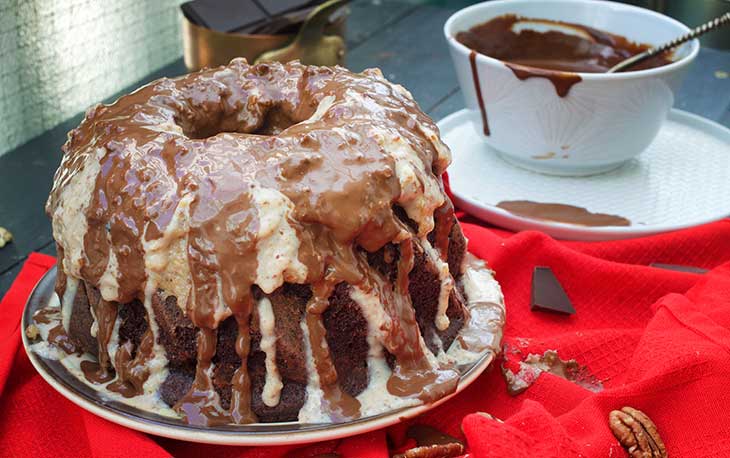
Most famous German recipes
1. Currywurst
It is pure German fast food. A steamed, then fried pork sausage (we talked about it. It is the Bratwurst) topped with ketchup and curry powder is served together with French fries.
The legend holds that this type of food dates back to September 4, 1949, when a certain Herta Heuwer, the owner of a small fast food restaurant in Berlin, created this dish. Her business developed so much because of this one good idea that she moved to a bigger location and patented her sauce under the name “Chillup”.
Kraft Foods wanted to buy the recipe and the rights for it, but she refused. Even today, at the original place of her first fast-food stand, people can see a plaque that tells about her and her marvelous creation.
There’s also another story about Lena Brucker who invented this dish. Lena is a fictional name and it just represents one woman who did something for her country in the aftermath of the WWII.
All in all, the Currywurst became so popular throughout Germany that it tops the list of German favorite fast food, in spite of big-name competitors like Doner-Kebabs or other types of Hamburgers.
2. Pretzel
Food, in general, has a lot of stories and it is really cool to discover and know them all when exploring a certain cuisine. The story of the pretzel is one that you will never forget.
It starts in the year 610 in Italy when a monk created it trying to achieve an image of a child crossing arms in prayer. Now look at the picture and tell us if you see that!
Anyways, he gave up the baked strips of dough to poor children in the streets. He named them “pertiolas” also known as “little rewards”. Since there is no solid story to certify this story, there are several others which talk about a monk from French and a monk from Germany.
Anyways, the first written record of the pretzels belongs to the year 1111 and it lies in the crest of German bakers’ guilds. This is how old they are and their popularity grew together with the Christian faith and it slowly became a tradition to eat pretzels on Christian celebrations. The Catholics even considered it the perfect food for Lent.

3. Zwiebelkuchen
Zwiebelkuchen is a tart made with onion, dough and it contains sour cream and ham. It is a kind of quiche. If we were to translate the name Zwiebelkuchen from German, that would be “tart with onion”. Yes, you might probably say it resembles pizza. It does that also. It belongs to the whole Black Forest region of Germany and it is usually served at lunch.
The base of the tart is a white flour dough with yeast grown bulk. Salt, sugar, milk, butter, and eggs are important ingredients for the dough. The filling contains white or red onions softened in butter. It sounds quite good, don’t you think?
The filling can also contain meat together with onions. You need to cook the meat with the onions before the whole tart goes in the oven. You can spice things up with nutmeg, marjoram or pepper. There is also a vegetarian option to this, without meat. The meat that can be used varies from ham or bacon to pork sausages.
The tart can be eaten by itself or together with some beef broth the Germans call Rindesuppe. Also, a young wine would go perfectly with it.
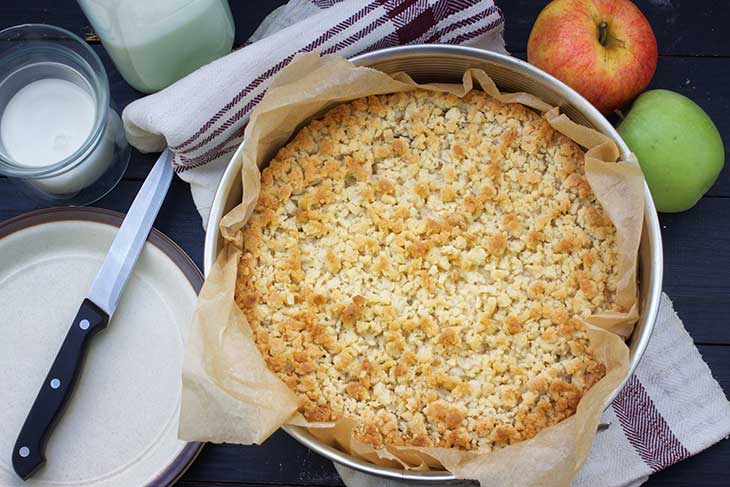
Other influences on the German Cuisine
Today, in Germany live a lot of people from Turkey. They either established here a few generations ago or they just came for work, they live in Germany and are part of the Turkish community. Since they are a lot, over 200,000 only in Berlin, they have also brought their favorite food to Germany.
This is why, on a short trip to Berlin, for example, you will happen upon a lot of Turkish Doners where they serve marinated lamb kebab with salads and yogurt dressing. An estimated number of 1,300 doner restaurants exist in Berlin at this time. The story has it that there are more than in Istanbul itself.
All in all, German cuisine is a very interesting cuisine that is asking to be explored more frequently. The actual tendency is to swift a little bit towards the more lighter part of dishes, influenced by the Italian and French cuisine, but we’re sure they will never give up their full meat and potatoes-based cuisine.
If you make this, please leave a review and rating if you liked this recipe! ★★★★★

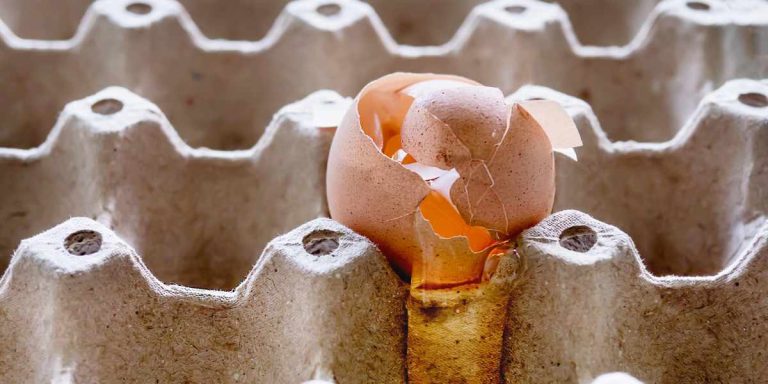
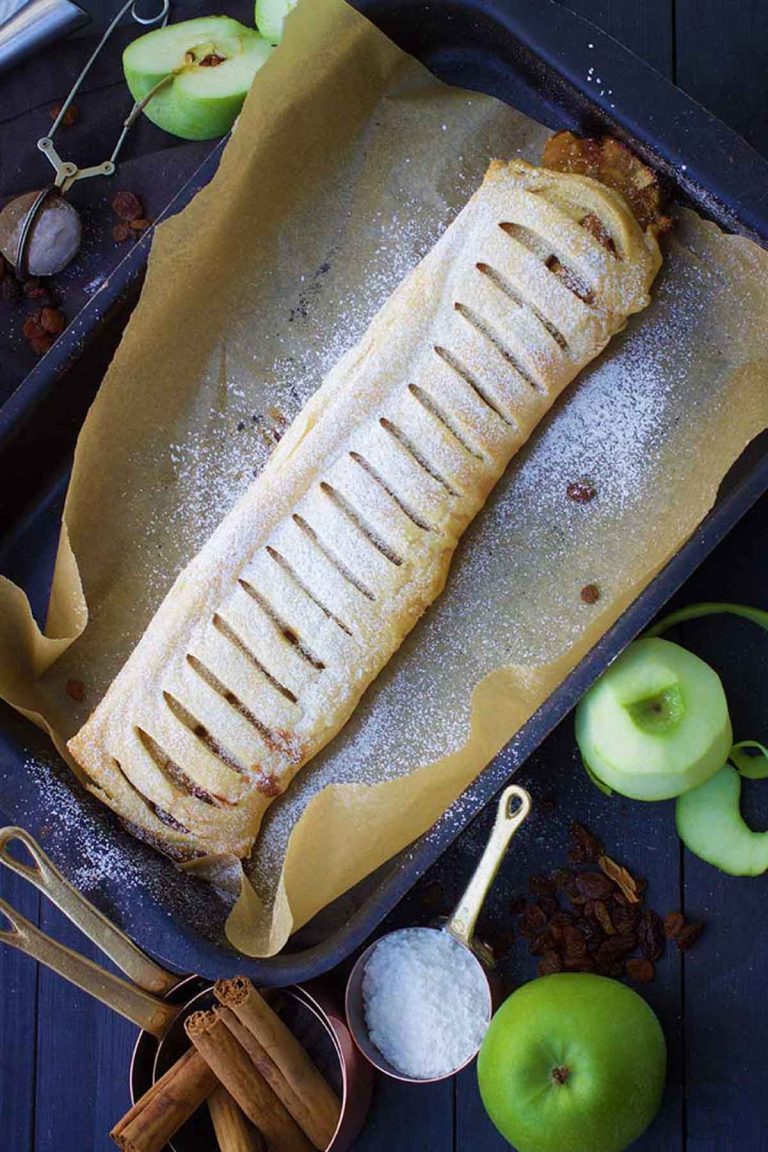
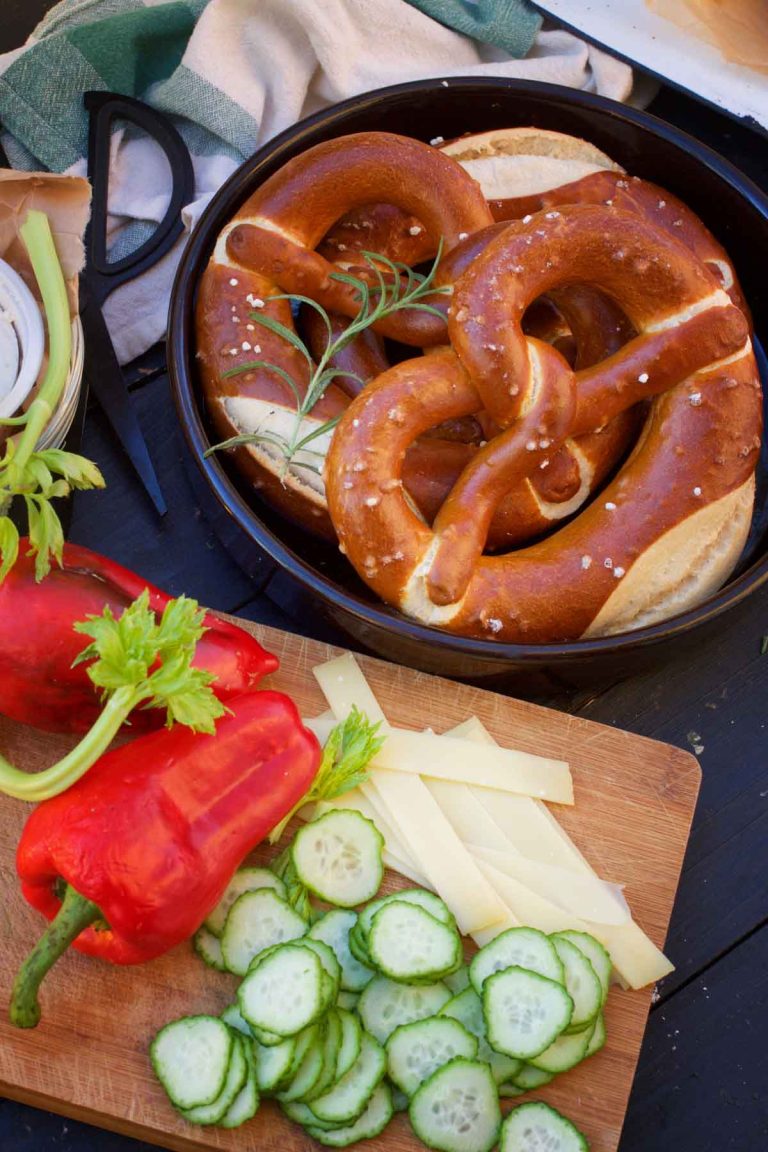

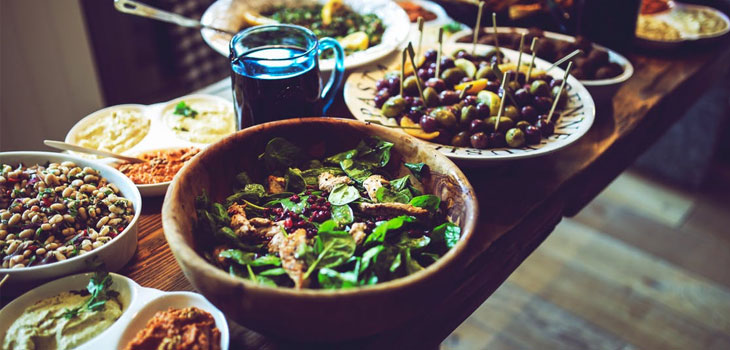
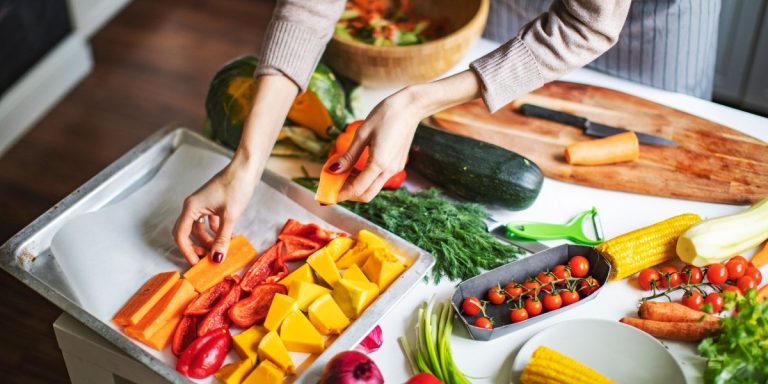
Bier steins are called Krugs or Stones!